Expand your child’s Spanish vocabulary with the help of Dora and Season 6 of Dora the Explorer, now in Noggin!
Did you know that when preschoolers go on learning adventures with Dora they sing, dance, learn math, reading, and also expand their Spanish vocabulary? Before you start exploring more Dora episodes, take this 5-question quiz to see how many Spanish words you and your little explorer already know!
Quiz: Test Your Spanish Skills!
What does el pájaro mean?
What does las estrellas mean?
What does el árbol mean?
What does la luna mean?
What does las nubes mean?
💡 After you finish taking this quiz, try practicing the words you and your little explorer weren’t familiar with. When you look out the window, say “el sol” instead of the sun, or “la casa” when leaving or returning to your home. When watching Dora the Explorer, listen for new Spanish words you and your child can learn to say two ways!
Look at the clues and find the missing friends!
What Campers Will Learn:
When your detective uses clues to find the answers, they listen carefully and look at problems in a new way.
Where is…?
Look at the picture below—some of your friends are hiding! Use your detective skills to find them!
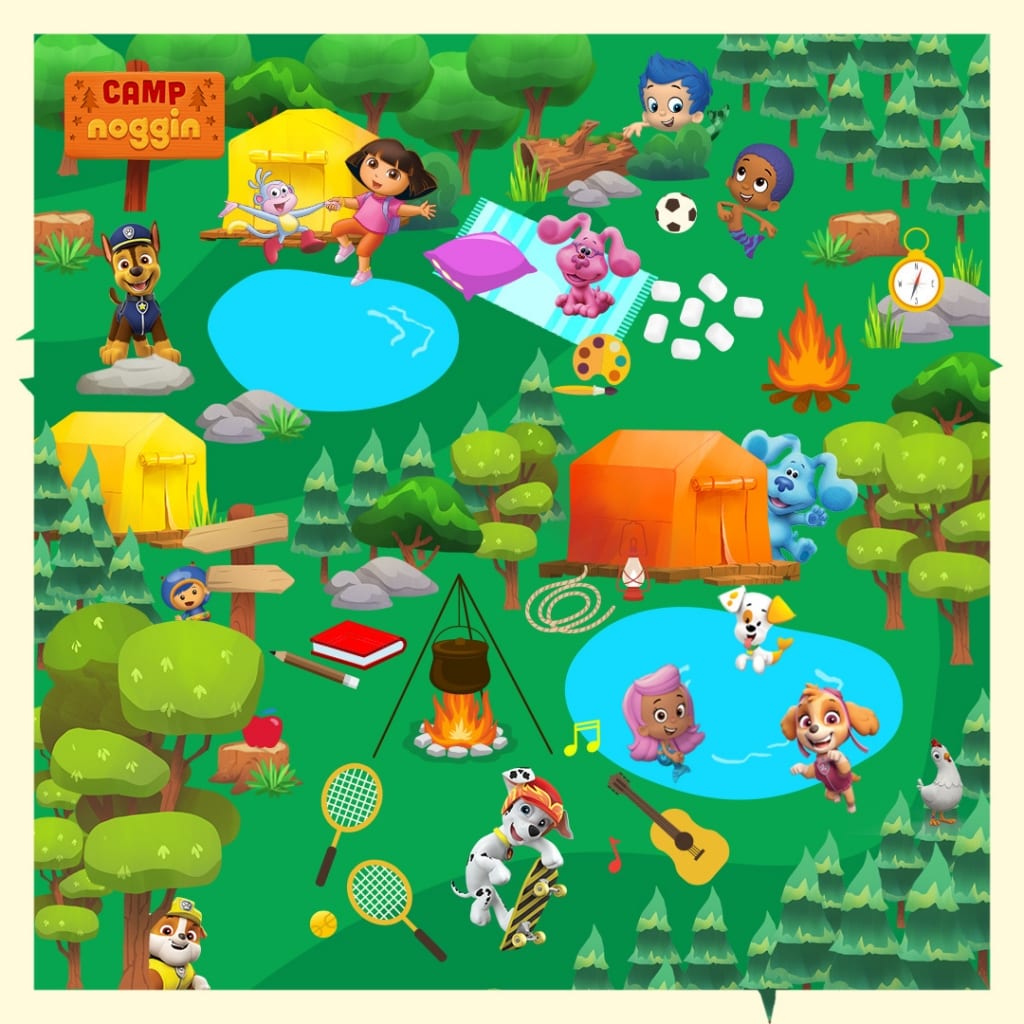
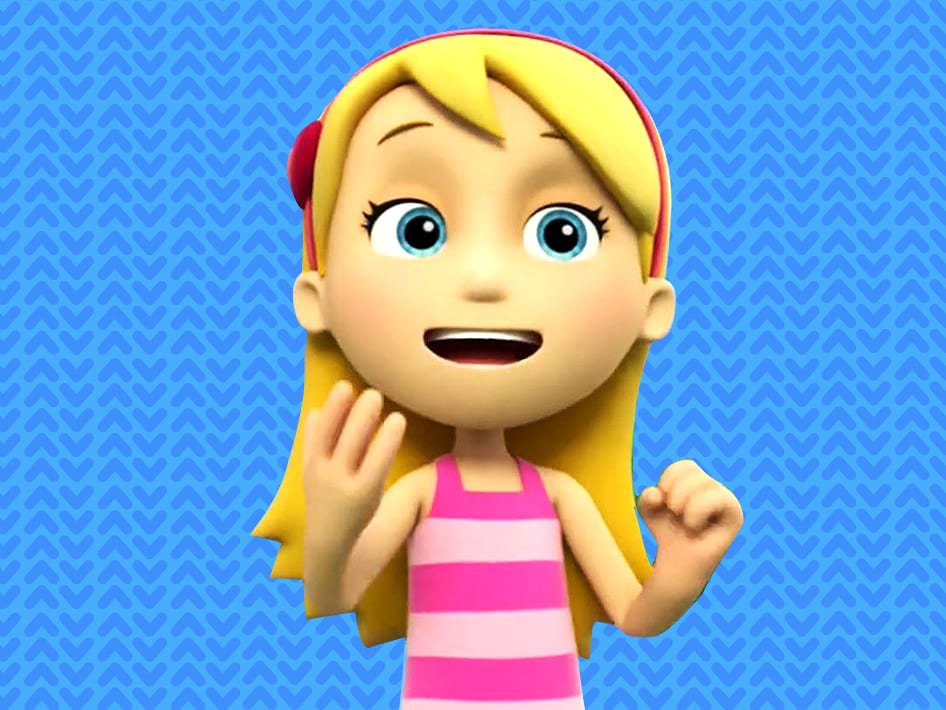
🔍 Katie’s looking for Rubble—can you find him? Here’s a clue—he’s next to something brown.
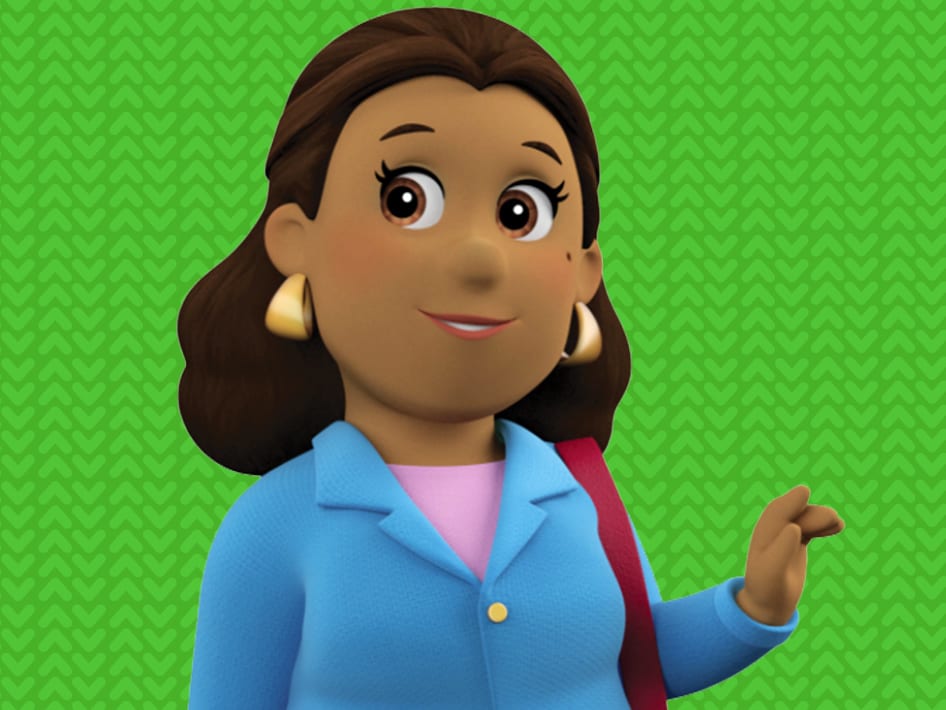
🔍 Mayor Goodway is looking for Chickaletta. The clue is—she’s hiding in something green. Can you find her?
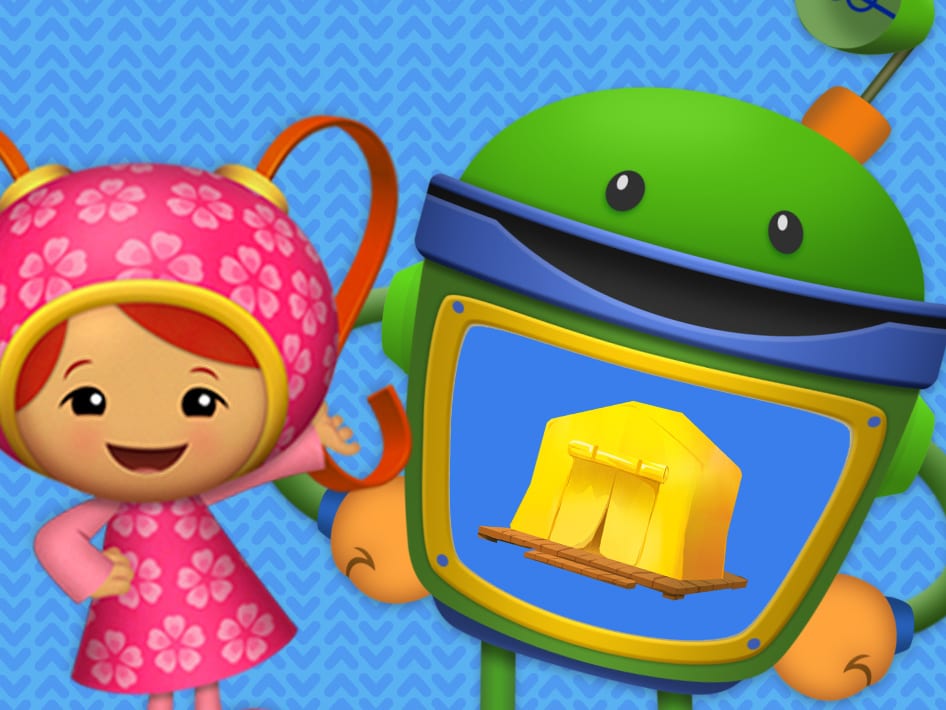
🔍 Where’s Geo? Can you find him? There’s a clue on Bot’s belly screen!
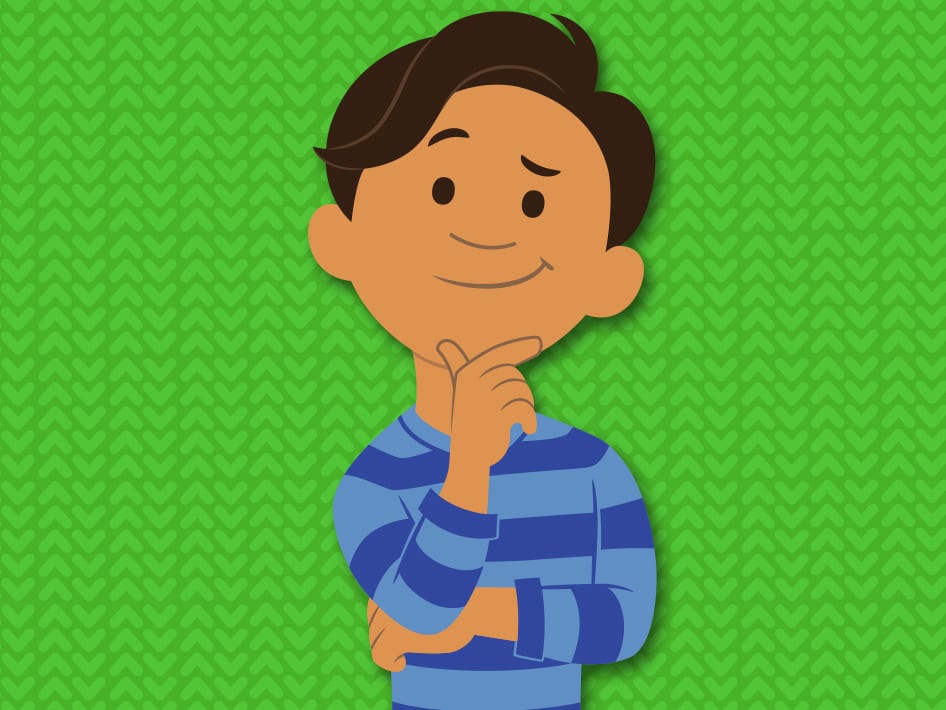
🔍 Josh is looking for Blue. The clue is—she’s behind something you sleep in.

Try This Together! Play I Spy with your detective. Give them a clue like, “I spy something yellow” or “I spy something that has wheels” and have them find it!







Noggin is where kids learn through play with characters they love!
Completely ad-free and focused on interactive learning, Noggin provides highly engaging videos, games & learning activities for kids 2-6, developed by early childhood education experts
Shows Kids Love
Noggin has 1,000+ ad-free episodes of the most popular preschool shows of all time. More added weekly so there’s always more to learn.










Learn Through Play
Our learning games, books, and interactive programs focus on math, reading, science, and more – all with your child’s favorite characters.
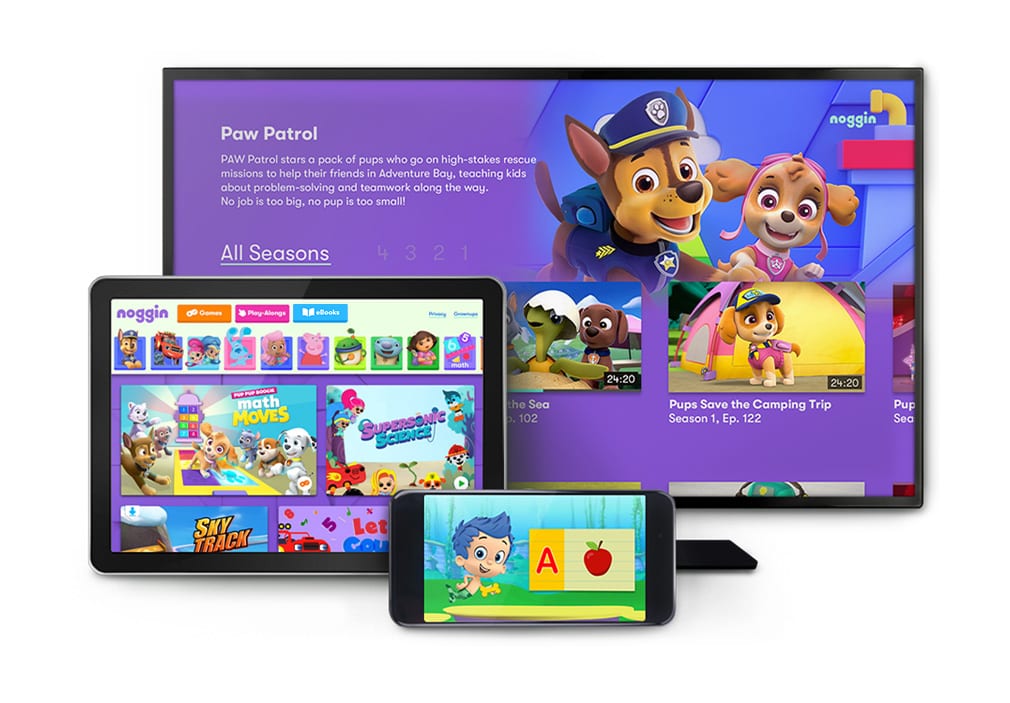

At Home or on the Go
Access Noggin on your TV, tablet, or phone. Download activities for learning on the go!
Kid Tested, Parent Approved
Hear why parents just like YOU are choosing Noggin for their young learners.
Frequently Asked Questions
1. What is Noggin?
Noggin is the award-winning preschool learning service from Nick Jr. With over 1,000+ episodes of kids’ favorite programs, learning games, books, and interactive videos — all designed by learning and child development experts and led by beloved characters.
2. What does Noggin cost?
Enjoy Noggin on your TV, tablet, or phone, all for $7.99 per month after your free trial.
3. Does Noggin have ads?
Noggin is completely ad-free and age-appropriate. Everything included in Noggin is 100% designed with your preschooler in mind.
4. What’s included in Noggin?
Noggin has full episodes, learning videos, games, books, and interactive activities featuring PAW Patrol, Peppa Pig, Dora the Explorer, Bubble Guppies, Blue’s Clues and You!, and so much more.
Investigate what’s in the Mystery Box!
What Campers Will Learn:
When your detective follows the clues and puts them together to solve a mystery, they are learning how to focus and solve problems.
What’s in the Box?
Clue #1: This box just moved- what could be inside?


Clue #2: Did you hear that? The box made a sound, like a roar!


Clue #3: Look what Bot sees through his magnifying glass!


Let’s put the clues together to figure out the mystery. It’s something that moves, ROARS, and has some of these shapes on it. Look, Detective, it’s a baby Stegosaurus!


Let’s get our baby dinosaur some plants to eat. Did you know this baby is going to grow as big as a small elephant? And its brain is only going to be the size of a ping pong ball!





Try This Together! Use a bag or an empty box, hide an object, and make up clues for your detective to help them figure out what’s in the box. Then let your detective make clues for you!







Can your detective find the clues 🐾 and solve the mystery of what Blue wants to do at camp?
What Campers Will Learn:
When your detective investigates a mystery, they learn how to pay attention to details and solve problems.
Find the Clues!
Blue hid some clues 🐾 around the campsite for you.
First, look at the picture and find the 3 clues 🐾. Then, put them together to solve Blue’s mystery.


Did you find the clues 🐾?
Look for something that is white.


You found the clue on the marshmallows!
Look for something that is hot.


You found the clue on the campfire!
Look for something from a tree.


You found the clue on the stick!
What do you think Blue wants to do with those things? Scroll down to solve the mystery!


Blue wants to use the stick to roast marshmallows over the campfire! Great work, Detective!





Try This Together! Play Blue’s Clues at home! Help your detective trace their hands and cut them out to make 3 handprints. Then place the handprint clues on 3 different objects around the house—like a pillow, a book, and a blanket. As your detective finds the clues on the objects, have them put the clues together to solve the mystery. In this example, the answer to the mystery is you want to read a book to them in bed!


Detective Fact:
Did you know that detectives take fingerprints? Every person has their own special fingerprints—you can make yours here!







Tools for Talking to Children About Racism
When it comes to talking to younger children about racism, where do you even begin? It may seem difficult, but as one of your partners in learning, we’re here to share with you age-appropriate tools, simple strategies, and advice from experts, that will help you to engage in conversations that inspire your kids to change the world. Whether you are having the first talk or continuing a discussion, these trusted sources of information can help you approach these issues with even the youngest children.
To begin, here is a Vocabulary List, created in partnership with The Conscious Kid to help adults first define a list of vocabulary associated with Racism.
Children’s books
- Shades of Black by Sandra Pinkney
- Bee-Bim Bop by Linda Sue Park (Korean – East Asia)
- Dim Sum for Everyone by Grace Lin (Chinese – East Asia)
- You Matter by Christian Robinson
- I Love My Hair by Natasha Anastasia Tarpley
- Eyes that Kiss in the Corners by Joana Ho (Chinese – East Asia)
- Say Something by Peter H. Reynolds
- A is for Activist by Innosanto Nagara
- Cora Cooks Pancit by Dorina K. Lazo Gilmore (Filipino – Pacific Islander/SE Asia)
- Hot, Hot Roti for Dada-ji by F. Zia (Indian – South Asian)
- Tastes of the Lunar New Year (Covers East Asian and SE Asia foods for the Lunar New Year)
Videos for kids
Books for grownups
- Why Are All The Black Kids Sitting Together in the Cafeteria? And Other Conversations About Race by Beverly Daniel Tatum
- How To Be An Antiracist by Ibram X. Kendi
- Asian American Dreams: The Emergence of an American People by Helen Zia
- The Making of Asian America: A History by Erika Lee
Videos for grownups
Podcasts
Tip sheets & activities
Articles for Grown-ups
Learn how to draw by putting a few shapes together!
What Campers Will Learn:
Animators are a kind of artist. Your artist will learn from one of Noggin’s animators how to draw Bubble Guppies and then create their own drawings!
Let’s Draw Together
Watch this video a few times and pause it so your artist can create their drawings. Then share your child’s picture with us in the comments on Facebook and Instagram, or email us at NogginCares@viacom.com.
Hi! I’m Frank. An animator from Noggin. Today, I’m going to show you how to draw a Bubble Guppy! First, we start by drawing a circle for the head. Circles are hard so I like to scribble when I draw. It helps me get the shapes better. Now it’s your turn. Next up, I do the body. Guppy bodies are super simple. Almost like a banana. And what Guppy would be complete without a fin? Your turn. I hope you’re keeping up. Oh, I can’t forget the arms and hands! They can be super simple just sticks and circles. Now I’m going to trace over. Make sure I got what I like. Perfect. Now you draw the eyes, nose, and mouth. Like everything else, really simple shapes and lines. Your turn. Can you guess which Guppy I’m drawing? Goby! He’s so much fun to draw. Did you know Guppies are similar but have cool differences just like us? Watch me turn this into another Guppy. Can you guess who? Deema! How could you miss her with her amazing hair? Hmm, I wonder what I would look like as a Guppy? Well, if it really was me, I’d draw a beard. Okay, okay, enough games. I have an idea. How about you draw your very own Guppy and share it in the comments below. I can’t wait to see what you all make. Thanks for watching everybody and keep doodling!



Artist Fact:
Did you know that ART used to be part of the Olympics? Artists won medals for painting, writing music, and creating sculptures!







What can your young artist create with shapes?
What Campers Will Learn:
Your artist will learn how to put shapes together to create a picture. This helps your camper develop math skills as they are being creative!
Lucky Ladybug
Artist: can you turn these shapes into a ladybug? Did you know that some people think ladybugs are good luck?


Cows Say Moo
Did you know cows can walk up the stairs but not down them? Their knees won’t bend the right way! Turn these shapes into a cow!







Try This Together! Use your imagination—what other things can you create with these shapes? Read our Artist Fact below for some inspiration!



Artist Fact:
Did you know that some artists make art out of shapes? Henri Matisse cut out shapes—just like you did—and used them to make famous pictures!







Get your family up and moving with this at-home marathon featuring Skye, Bot, and Gil.
Be an ATHLETE this week at Camp Noggin!Calling all athletes! This week at Camp Noggin we're working out your child's brain and body with FREE activities just added to the campsite: https://at.nick.com/camp
Posted by NOGGIN on Monday, July 13, 2020
Get ready for an action-packed activity with your young athlete!
What Campers Will Learn:
Jumping, balancing and doing other exercises help campers learn about sportsmanship and keep their muscles strong!


Tap to print this block set, and then try the challenges listed below!
Try these 5 challenges with your athlete!
1. Balance Block
Place a block on your athlete’s head and have them walk from one end of the room to the other without letting the block fall. Can they run and do it?
2. Block Roll
Start in one spot with your athlete. Each of you pick one block and roll it as far as you can. Now roll another block— which one rolls farther away? Try again!
3. Block Jump
Put a block on the floor. Jump over it with 2 feet and then have your athlete do it! Now put another block on top of the first block and jump again! Keep jumping— how many blocks high can you and your athlete jump?
4. Hide and Dash
Have your athlete close their eyes while you hide the blocks around a room. Then count down slowly from 10 while your athlete dashes around trying to find all of the blocks before you get to 0! Switch places!
5. Block Toss
Stand in front of your athlete. You throw one block to them and they throw it back. If you both catch the block, you both take a step back. Keep going— how far can you get without dropping the block?





Try This Together! Make up your own challenges like balancing a block on your toe or tossing it like a hot potato. What other awesome ideas can you and your athlete come up with?


Athlete Fact:
Exercises like running and jumping keep your muscles— including your heart— strong. When you do these exercises, your heart beats fast. Put your hand on your heart before you run or jump, and then feel it right after. Does it beat faster after you exercise? Keep exercising, Athlete!



















